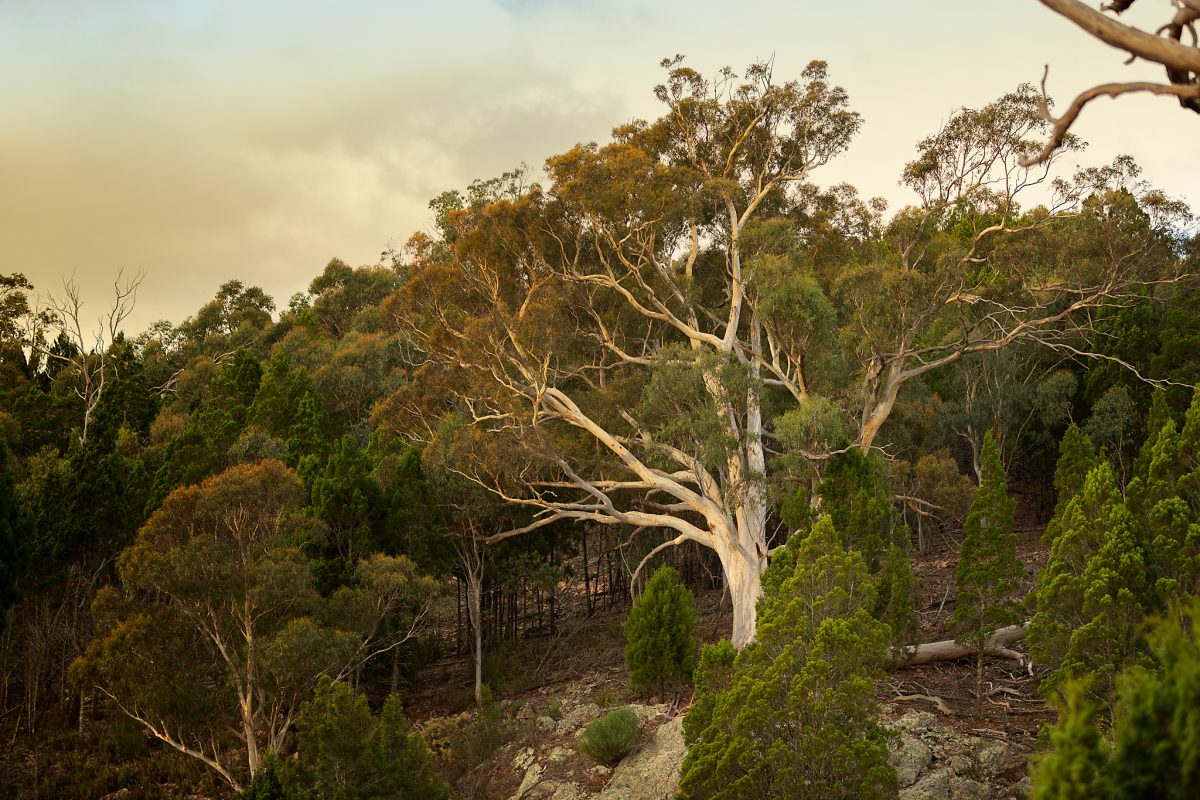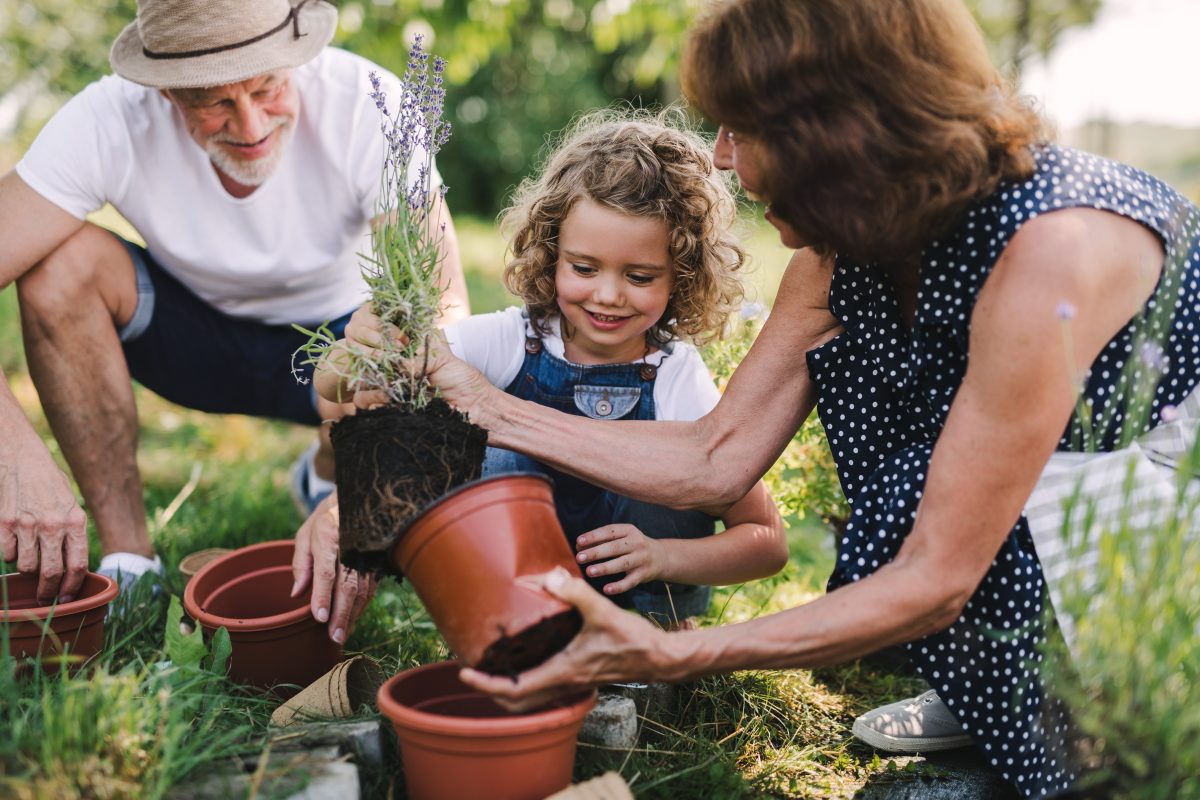Trusted to protect Ginninderry for the long term

Surrounded by the Murrumbidgee River, steep rolling hills, and mesmerising views of the neighbouring Yass Valley – Ginninderry is, without a doubt, an inspiring part of Canberra’s landscape.
Helping to protect the eventual 1600 hectares of natural beauty is the Ginninderry Conservation Trust – an independent body set up to protect and preserve the area’s significant cultural history and environmental integrity.
The model underpinning the Trust is unique, with a portion of every land sale contributed to funding its ongoing operations.
The Trust’s main focus is the management of the complex and expansive Conservation Corridor, which is ultimately planned to include 596 hectares of precious landscape that borders the Murrumbidgee River and Ginninderra Creek.
Uniting residents, developers and the voices of First Nations People, they ensure all projects in the area are both culturally and ecologically sensitive while safeguarding the goals of the Ginninderry Project.
For Program Director Ange Calliess and her team, this involves working with all stakeholders to ensure voices are heard.
“The funds get used to support my team to deliver the outcomes identified in our Management Plan. It’s about protecting and enhancing the natural values within the Corridor,” says Ange.
“We don’t want that First Nations component to be separate or simply tokenistic – we are lucky to have Wiradjuri and Ngunnawal man, Tyson, on our team, and we want First Nation culture to be part of everything that we do,” says Ange.

It’s with this spirit that Ange and her team are planning to set up the First Nations Junior Rangers program alongside our new Caring for Country trainees whose focus will be on rehabilitation within the Corridor.
The Trust is also balancing a range of requirements, from the Pink-tailed Worm-lizard to infrastructure that comes with a growing community and a lot in between. Ange explains that developing relationships across the community is an essential part of successful conservation.
“Our Management Plan guides the work we do to protect this place but we need people on the ground in order to do that and we have a small team of dedicated passionate people to get the work done. They are out there in the paddocks, on the walking tracks, talking to visitors about the importance of this place. We want our local residents to take stewardship so they see the Corridor as their backyard. If they have buy-in and they love it, they will help us protect it,” reflects Ange.
As the corridor expands with the growth of Ginninderry’s urban area, there are plans for more ways for the community to interact with the unique landscape, including more tracks, parks and a community building.
The Trust ensures that alongside these projects, restoration is prioritised – such as rehabilitation of farm dams to support native wildlife as well as the cattle, woodland and grassland enhancement, weeds management and working with the local farmer to achieve conservation grazing outcomes. This includes rotational grazing of cattle to manage biomass levels and assist with weed management.
Ange and her team are also passionate about the Corridor supporting critical research projects – creating exciting opportunities to connect with broader organisations such as universities, the ACT Government and CSIRO. Ange describes the Corridor as an outdoor classroom, where they constantly try to expand their knowledge and apply their research to the landscape they manage.
“Thanks in part to the funding received from the Project, we have around five research projects going on, which include monitoring Eastern Brown Snakes, a fox program, dung beetle surveys, as well as our grazing programs. There’s also water research happening with the University of Canberra and Ginninderra Water Watch – there’s a lot going on,” says Ange.
It’s clear that the Ginninderry Conservation Trust has no intentions of slowing down either – determined to leave the land in better condition than they found it.
“One of the main things about land management is that you’re actually managing people. Humans have the biggest impact on the land, whether that be in a negative or positive way. We’re really about getting people engaged and taking an interest in the land so they can then support the work that we do,” reflects Ange.
“Ultimately, we are all stewards of the land that we inhabit.”


